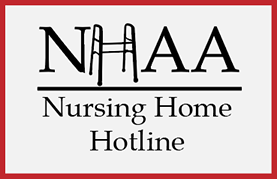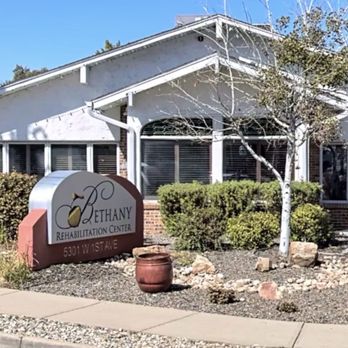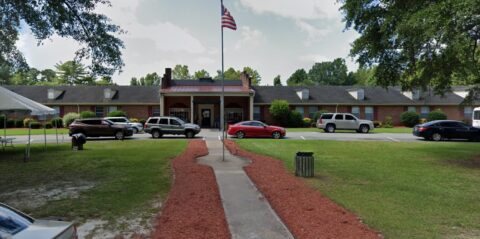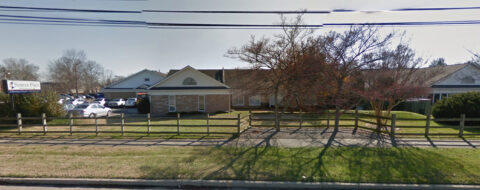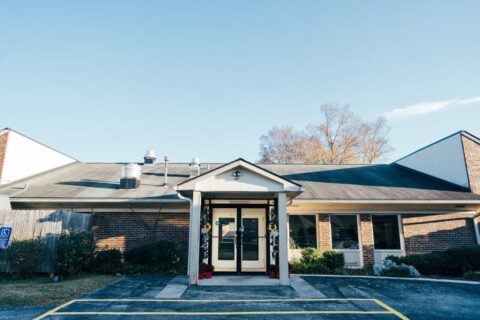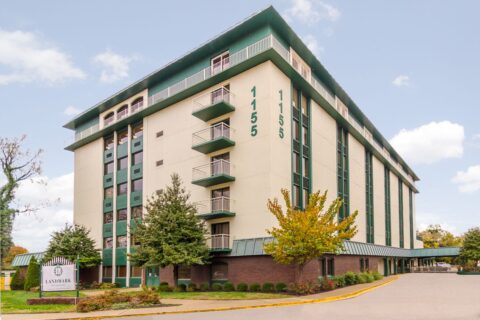Recognizing Abuse and Neglect
Many families wrongly believe that a resident’s injuries, life-threatening complications, or unexpected death are a natural, expected consequence of aging when, in reality, they are signs and symptoms of nursing home abuse or neglect.
Federal law defines abuse and neglect as follows:
Abuse:
The willful infliction of injury,
unreasonable confinement,
intimidation, or punishment
with resulting physical harm,
pain, or mental anguish.”
Source: 42 CFR § 488.301.
Neglect:
Failure to provide goods and
services necessary to avoid
physical harm, mental anguish,
or mental illness.
Source: 42 CFR § 488.301.

The following injuries and conditions are recognized by the Institute of Medicine, American Nursing Association, and other leading organizations as being red-flag indicators of neglect or abuse:
Common Warning Signs of Neglect and Abuse
One or more of the following
injuries indicates neglect:
- Bedsores (pressure ulcers)
- Bedsore complications (bone or blood infection)
- Gangrene
- Falls, fractures, or head injuries
- Dehydration
- Malnutrition or extensive weight loss
- Improperly treated infections
- Asphyxiation, aspiration, or strangulation
- Choking
- Resident requiring 2-person assist injured due to only 1 staff member
- Burns
- Frozen and contracted arms, legs, or hands
- Wandering (elopement) results in injury or death
- Sexual abuse by another resident or staff
- Physical abuse by another resident or staff
- Resident abandoned/left unattended causing injury or death
- Failure to provide care in response to life-threatening condition
- Failure to notify the doctor of life-threatening complications
- Resident with serious injury not checked on by staff
- Pain repeatedly not treated
- Improper catheter placement causing severe injury/death
- Bowel obstructions/impactions causing injury/death
- Medication errors, over medicated, or meds not given
- Outbreaks/Epidemics of harmful conditions
- Unexplained or unexpected death of resident
- Unexplained injuries such as wounds, cuts, or bruises
- Extensive bruising
Indicators of Unsafe Staffing and Neglectful Care
One or more of the following
conditions indicates neglect:
- Resident(s) not toileted, bathed, or provided incontinent care
- Wet clothing, soggy diapers, or soiled bedding not changed
- Call lights unanswered
- Unsanitary, unclean, and disgusting conditions
- Strong urine odor in hallways
- Resident(s) dirty and unkept with strong odor
- Resident(s) not given ordered treatments or care
- Soiled and odorous bandages ignored
- Resident(s) left in bed when they should be up
- Resident(s) left in wheelchair for extensive periods of time
- Resident(s) wait excessive time for the most basic care
- Inadequate personal hygiene and grooming
- Resident(s) with long or curling toenails/fingernails
- Unfed resident(s)
- Helpless resident(s) not assisted with feeding/drinking
- Food served cold
- Resident(s) not given enough time to eat or drink
- Resident(s) complain of being hungry or thirsty
- Grievances and complaints ignored
- Doctor not notified of changes in resident(s) condition
